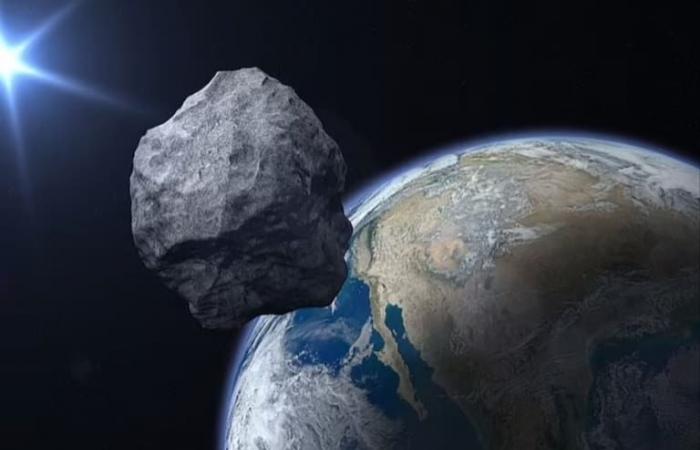Hear
A asteroid giant worries space scientists, since it could generate drastic climate change if it impacts planet Earth. Have the size of Mount Everestmaking it one of the most potentially dangerous asteroids and that is why it is known as a “planet killer”.
The asteroid 2011 UL21 It became a huge concern because it is one of the largest space rocks to pass by planet Earth in the last 125 years. The asteroid is estimated to have a diameter of more than 2,286 meters wide and is expected to On June 27, it will approach almost six and a half million kilometersits closest approach in 110 years, as it orbits the sun every 1.1130 days.
The moment when it will shine brightest, therefore it will be easiest to detect for telescope observers, will be June 28 and 29. “This asteroid is larger than 99 percent of all known near-Earth objects,” the European Space Agency explained in a statement. “However, it won’t get that close to Earth. At its closest point on June 27, it will still be more than 17 times farther away than the Moon.“they added.
Luckily, 2011 UL21 is expected to return to Earth only in the year 2089, where it will be 2.7 million kilometers from the planet.
The first year in which this asteroid was documented was in 2011 thanks to the Catalina Sky Survey project, which detected it with a series of telescopes located in Arizona, United States.
2011 UL21 was documented by the Catalina Sky Survey project, a series of telescopes located in Arizona, on October 17, 2011. The SETI Institute provided more details of this space rock. “2011 UL21 is quite large and falls into the Apollo asteroid category”, they pointed out. It should be noted that this type of asteroids, which are named after the Greek God, have a wide variety of sizes, from a few meters to several kilometers in diameter.
“More importantly, the Apollo asteroids get up close and personal as they cross Earth’s orbit, even though their orbits around the Sun are larger than Earth’s,” they said. From the moment of its discovery, astronomers studied and They observed its trajectory for months to ensure that planet Earth remains safe.
However, this asteroid was categorized as a “planet killer” since it is capable of cause continental-scale damage and produce sufficient debris upon impactwhich would trigger significant climate changes if it happened, as explained LiveScience.
One of those who referred to this asteroid was Gianluca Massi, the astrophysicist and scientific director of the Virtual Telescope. “The term potentially hazardous asteroid (PHA) is a precise formal definition, referring to minor planets larger than approximately 460 feet that may be within 4.6 million miles of Earth,” he said, later adding: “In In other words, only the largest asteroids capable of getting close enough to our planet are marked PHA, which does not mean that they are going to crash into the Earth, but they do deserve better monitoring”.
Despite the concern it generated, scientists from the Massachusetts Institute of Technology announced that an asteroid of that category will not impact planet Earth, at least, for the next 1,000 years.
THE NATION






